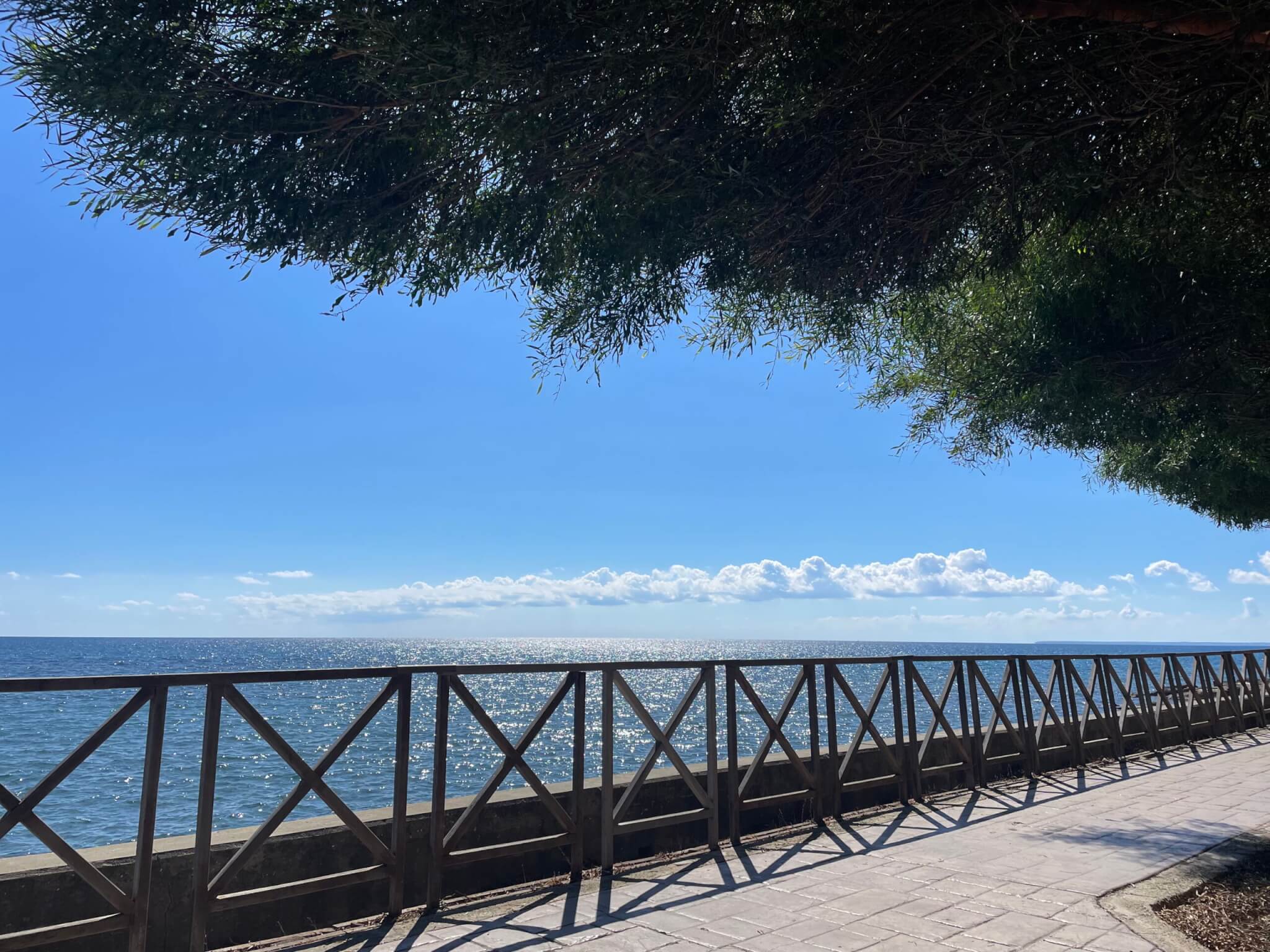
Currently reading Hockings et al. (2018) on “Independent learning–what we do when you’re not there”
Hockings et al. (2018) write: “Over recent months and years, the balance between contact hours and independent study time has been one focus of attention, the underlying assumption being that fewer contact hours means poorer value for money and lower quality learning experience“. And that assumption is super common! But: “The number of contact hours measures only one half of the equation: teaching input; on the other side is student input, or independent learning“. What is it that students do when we are not there?
Students are supposed to become independent learners, meaning that they take responsibility for their own learning, set their own goals, organise their learning and monitor their process, reflect, etc. We typically only see the outcome, but not the process itself: what is it that students do in their independent learning time?
When students in Hockings et al. (2018) talk about independent learning, they talk about it in relation to their experience with homework in school, which is a lot more tightly led and monitored by a teacher, and, especially early on, they perceive the lack of guidance at university as a let-down rather than as a learning opportunity. They struggle with uncertainty, subjectivity, having multiple sources rather than one textbook. “When asked what they thought the purpose of independent learning was, many talked about‘making up the gap’. For some the ‘gap’ meant the topics that could not be taught in the face to face sessions because there was not enough time in the curriculum to cover everything. These students felt disillusioned that they were having to make up for a lack of contact time by doing independent learning. An alternative, more positive explanation was that independent learning filled the ‘gap’ between ‘all the information you need served up to you’ and ‘just enough’ to spark students’ interest so that they could then follow their own paths, delving deeper into the subject themselves“.
Students who conceptualize independent learning as “homework” focus on assessment tasks, likely because they don’t know how else to structure their time and efforts and don’t want to “waste” their time. They also report that they never got any explanations on what is expected of them in their independent learning time. There is a spectrum of what students do, though, for example writing lecture notes on the low-skill end vs actively searching and selecting information on the higher-skill end, or memorizing flash cards vs discussing with peers and others, where the high skill level activities are about applying and testing new knowledge in new situations or contexts.
How did students become independent learners? Mostly through direction from staff about the task (even just reassurance that they were on the right path!): “Whilst it was clear that many students would have preferred a return to the security of a ‘homework’ regime with tutors on hand, they also knew that this was counter-productive to autonomous independent learning.” Students also appreciated organized (drop-in) sessions and would like support sessions to be integrated in curriculum to reduce potentially perceived stigma of needing extra help and making sure that everybody got the same support (and also to have them integrated into regular times to make attendance easier for commuter students and those with family responsibilities). But they also want “weening” from the support over time so they can learn to work independently.
Additionally, students report on support and guidance from peers and family: “emotional support, hints and tips, as well as learning support“. Despite appreciating peer-learning in tasks that are not assessed, students disliked being given a group grade. They also reported that it was difficult to approach strangers, so there is a lot of room for improvement here for organising learning in assigned groups or with assigned mentors, or helping students learn skills to actually approach each other.
The main conclusions from this study are that tasks should be designed to encourage a deep approach to learning (if that is what we want students to do), and to make sure that all students have access to peers to learn with (and to train them to work together). So far, so good!
Another difficulty with independent study is, of course, that many students these days work a lot in addition to their studies, so if expectation of how much time they should spend on their studies outside of scheduled meetings, and how to use that time for learning (and them buying in that this is actually a good use of their time!), it might just not happen… Many teachers I talk with try to “put all learning inside scheduled meetings” in an attempt to level the playingfield, but I am not sure that that is actually helping, either…
P.S.: There is going to be a LTHEChat tonight on this topic! “LTHEChat 345: Meeting Students Where They Are – Making Independent Study Work for Every Learner” with the suggestion to give students something to watch, something to read, something to listen to, something to complete to structure their independent study. Love it!
Hockings, C., Thomas, L., Ottaway, J., & Jones, R. (2018). Independent learning–what we do when you’re not there. Teaching in Higher Education, 23(2), 145-161.
Featured image again from Cyprus. I should have stayed there…